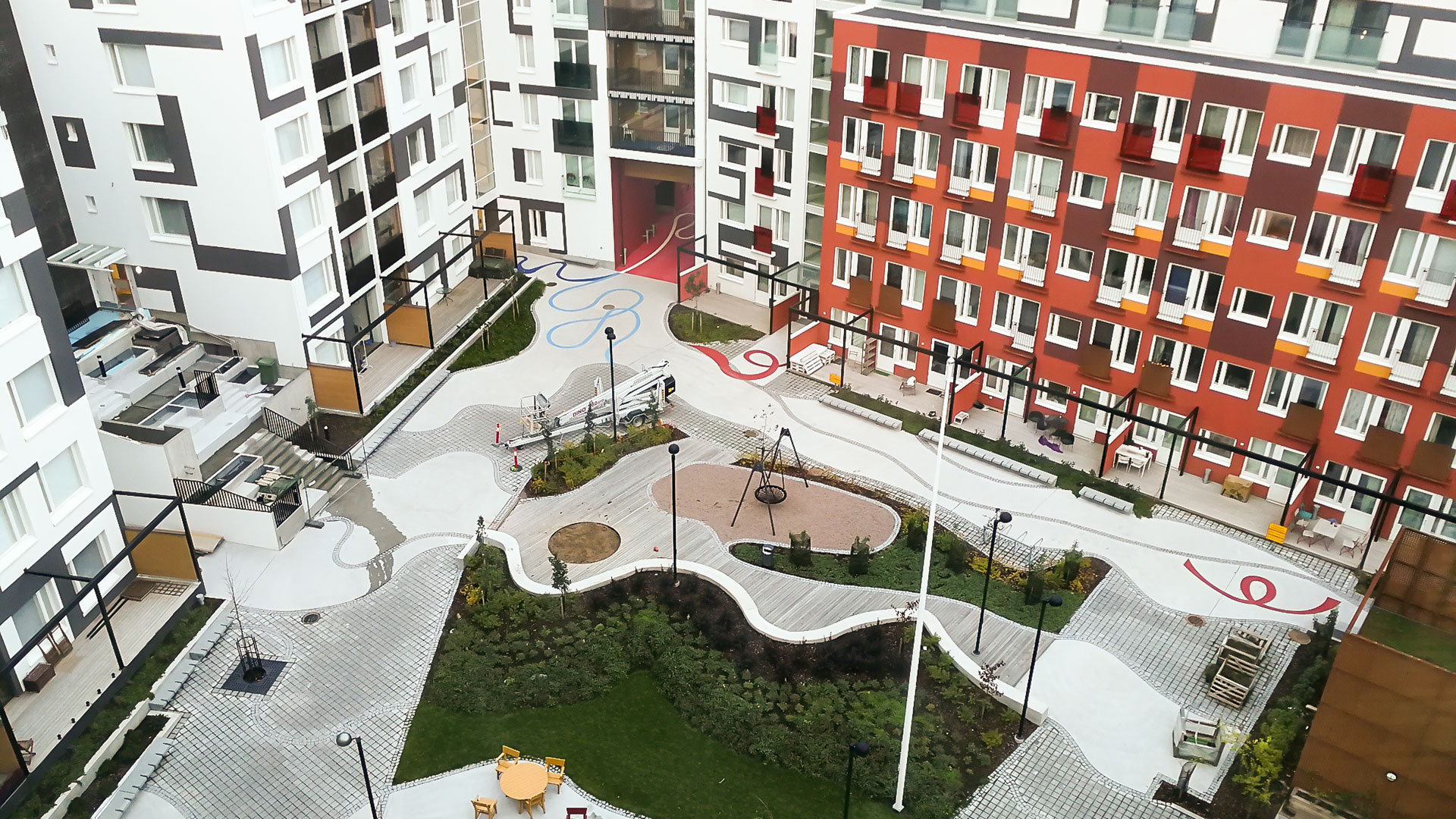On the other hand, the hindrances in the built environment may result to increasing needs for home care services and assistance at home. Many obstacles caused by reduced physical and sensory functioning capacities can be lessened by universal design of the built environment. The universal design aims at solutions that are suitable to the greatest extent possible to all people.
Studies focusing on the features of the built environment that promote daily coping at old age have been carried out in Aalto University, Department of Architecture at Sotera Institute. This article contains material from case studies that were implemented in a real-life context on the perimeter of Helsinki city centre in Finland.



